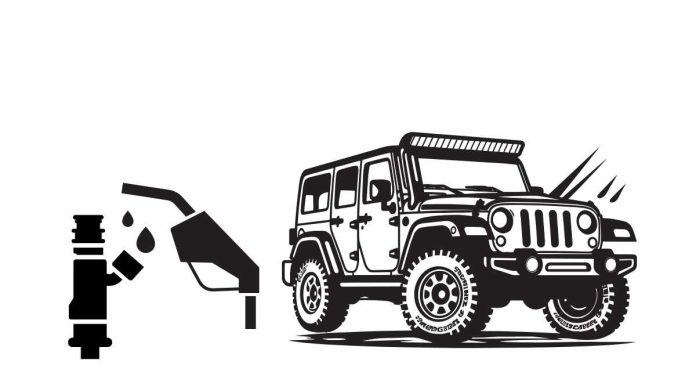Yes, the Jeep Grand Cherokee Laredo is equipped with fuel injection, a standard feature in modern vehicles, including various trims like the Laredo. Fuel injection plays a critical role in the engine’s performance, efficiency, and emissions control. Here’s a detailed breakdown of fuel injection in the Jeep Grand Cherokee Laredo:
Fuel Injection Technology
Fuel injection systems are designed to deliver fuel directly into the engine’s combustion chambers (direct injection) or into the intake manifold (multi-point fuel injection), replacing older carburetor systems. This results in more efficient combustion, better fuel economy, and reduced emissions.
Types of Fuel Injection Systems
- Multi-Point Fuel Injection (MPFI): This is the most common fuel injection system used in many vehicles, including earlier model years of the Grand Cherokee Laredo. In this system, each cylinder gets fuel from a dedicated injector located in the intake manifold, just before the intake valve. This helps ensure that fuel is delivered evenly to each cylinder for smoother engine operation.
- Direct Fuel Injection (DFI): In more recent models, particularly those with modern engines, direct fuel injection is often used. This system injects fuel directly into the combustion chamber at high pressure. It improves fuel efficiency, power output, and reduces emissions compared to older technologies.
Engine Variants in the Jeep Grand Cherokee Laredo
The Jeep Grand Cherokee Laredo has been available with different engine options over the years, and the type of fuel injection system depends on the specific engine variant.
- V6 Engine (3.6L Pentastar): This is one of the most common engines found in the Grand Cherokee Laredo models. The 3.6L Pentastar V6 engine uses multi-point fuel injection (MPFI) or, in later models, direct injection to provide better fuel efficiency and performance.
- V8 Engine (5.7L HEMI): The 5.7L V8 engine also uses a form of fuel injection, usually multi-point injection, but the technology might vary slightly depending on the model year. This engine provides more power and is typically found in higher trim levels but may also be available in certain Laredo trims depending on the market and model year.
Why Fuel Injection?
Fuel injection has become the standard in modern vehicles due to its numerous benefits:
- Better Fuel Efficiency: Fuel injection systems provide more precise control over how much fuel is delivered to the engine, which leads to more efficient combustion and better fuel economy.
- Improved Performance: With the right amount of fuel injected at the correct time, the engine can perform optimally, offering better acceleration and overall responsiveness.
- Lower Emissions: Fuel injection allows for cleaner combustion, reducing harmful emissions and helping vehicles meet modern environmental standards.
- Reliability: Unlike carburetors, which can wear out and become less efficient over time, fuel injectors are generally more reliable and require less maintenance.
Fuel Injection System Maintenance
While fuel injection systems are generally more reliable than older carburetor systems, they still require maintenance:
- Fuel Injectors: Over time, fuel injectors can get clogged with debris or carbon deposits. This can lead to misfires, poor engine performance, or rough idling. Regular fuel system cleaning or injector maintenance can help prevent these issues.
- Fuel Filter: The fuel filter ensures that the fuel delivered to the injectors is clean. Replacing the fuel filter regularly can prevent clogs in the injectors and maintain the efficiency of the fuel system.
Conclusion
In summary, the Jeep Grand Cherokee Laredo does have a fuel injection system, whether it’s multi-point fuel injection (MPFI) or direct fuel injection (DFI), depending on the model year and engine variant. This modern technology helps improve fuel efficiency, engine performance, and emissions, making it an essential component of today’s vehicles. Regular maintenance of the fuel system is important to ensure long-term performance and reliability.


